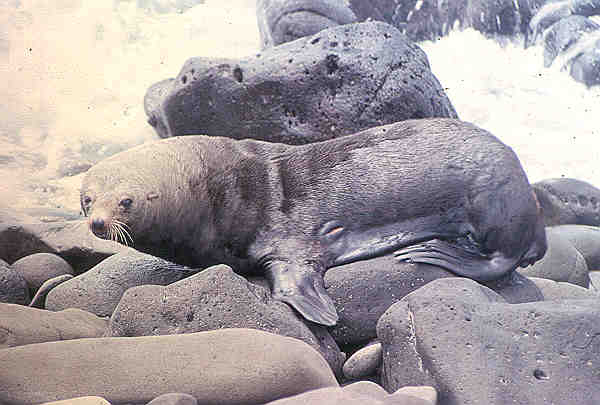
2015 has seen a lot of strange environmental phenomenons, adding to the list is the recent mystery of the Guadalupe fur seal.
So far, 80 emaciated fur seals have been found, with over half of them deceased. This is a dramatic increase from previous years, an increase which has occurred only since 2013. In years prior to 2009, an average of 10 fur seals stranded themselves on the shore every year, meaning that between 2009 and 2015 there has been an 800% increase. The NOAA has declared the deaths as an “unusual mortality rate,” and have raised investigations and research to find the probable cause for the influx of this enigma; however they have yet come to a definitive conclusion.
These fur seals, indigenous to the Guadalupe Island—located over 150 miles off the coast of Mexico’s Baja California—have travelled over 600 miles from their homes to the area they have being found stranded. Even more curiously, all the individuals found have been juveniles, most of them starved and riddled with parasites.
Researchers on the matter have come up with a hypothesis that could relate to the increase of mortality within these aquatic mammals. The warming of surface waters, which have likely caused by a combination of the coming of an event called El Nino and global warming, push fish stocks into different locations. Colder waters, normally the product of ocean circulation, create upwelling from the deep depths of the sea, bringing with it nutrients to “fertilize” the surface. Ultimately, this results in biological productivity reducing in the waters. In warmer waters, the nutrients bought up do not survive for long and thus the environment does not have enough nutrients to sustain smaller fish diets, causing them to migrate.

Rehab centres such as the Pacific Marine Mammal Centre, are working towards rescuing the stranded seals, help restore their health before finally releasing them back into the ocean once they are well enough to return to the wild. “2015 has been a record year for overall marine mammal recoveries for the facility. Look at our averages from 1998 to 2014, and we rescue about 188 sea lions and elephant seals a year. For 2015, we’re already at 535 rescues,” stated the executive director of the Mammal Centre.
This Article (Mysterious Increase Of Stranded Fur Seals In California Baffles Scientists) is free and open source. You have permission to republish this article under a Creative Commons license with attribution to the author and AnonHQ.com.




